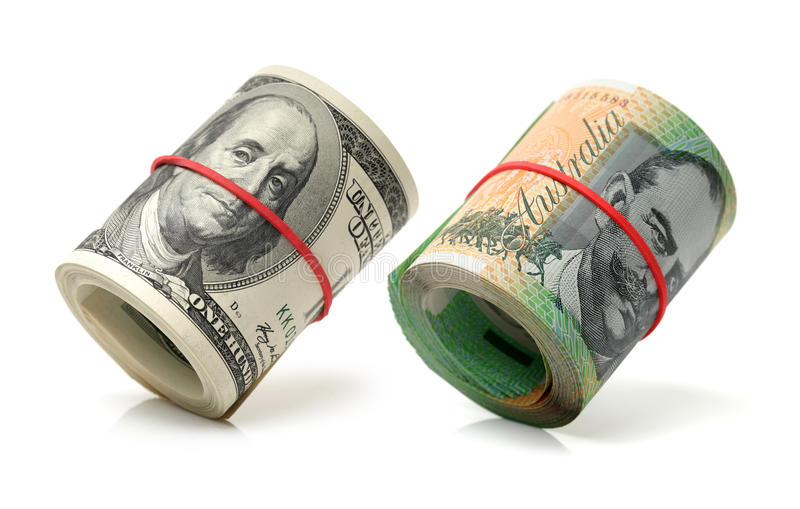Australian dollar depreciates despite RBA hawkish Comments.
Following Thursday’s release of significant economic data, the Australian Dollar (AUD) continued its losing trend against the US Dollar (USD).
Australia’s seasonally adjusted unemployment rate remained at 4.1% in October.
Consumer inflation expectations in Australia fell to 3.8% in November, down from 4.0% the previous month, and reached their lowest level since October 2021.
In October, Australia’s seasonally adjusted unemployment rate stayed stable at 4.1%, in line with market expectations. However, Employment Change reported only 15.9K new positions added in October, falling short of the expected 25.0K.
RBA Governor Michele Bullock remarked on Thursday that current interest rates are suitably restrictive and will remain so until the central bank is confident in inflation trends. Bullock acknowledged the uncertainty around prospective measures by the US Federal Reserve and highlighted that the RBA will avoid making any snap judgments.
Traders’ attention is now going to the US October Producer Price Index (PPI) data, which is scheduled to be announced on Thursday.
The US Dollar Index (DXY), which measures the US Dollar’s value against its six major peers, is hovering at 106.53, its highest level since November 2023, boosted by “Trump trades” and October’s US Consumer Price Index (CPI) data. Donald Trump’s triumph in last week’s US presidential election has fanned predictions of potentially inflationary tariffs In October, revenues increased year on year, as expected by the market. Meanwhile, the core CPI, which includes the more volatile food and energy components, increased by 3.3%, as expected.
Daily Market movers:Australian Dollar (AUD) continued its losing trend against the US Dollar (USD).
Australia’s Prime Minister Anthony Albanese revealed in a radio interview on Wednesday that he talked trade with US President-elect Donald Trump over the phone last week. Albanese warned Trump that the US had a trade surplus with Australia, emphasizing that it is in Washington’s best interests to “trade fairly” with its ally. Meanwhile, the defense minister emphasized Australia’s strong investment in security.
According to Matthew Hassan, Senior Economist at Westpac, “Consumers are feeling less pressure on their family finances, no longer worried about further interest rate rises, and are increasingly confident in the economic outlook.”
Last China’s most recent stimulus measures fell short of investor forecasts, depressing demand prospects for Australia’s main trading partner and dragging on the Australian dollar. China proposed a 10 trillion Yuan loan plan aimed at relieving local government finance difficulties and boosting lagging economic growth. However, the package did not include immediate economic stimulus measures.
Morgan Stanley classifies the Trump administration’s macroeconomic policies into three categories: tariffs, immigration, and fiscal policy. The research anticipates that tariff measures will be prioritize, with an immediate application of 10% tariffs globally and 60% tariffs on China.
On Thursday, Federal Reserve Chair Jerome Powell remarked that he does not see Trump’s likely return to the White House having an impact on the Fed’s near-term policy decisions. “We don’t guess or conjecture and we don’t know what future government policy decisions will be,” Powell said as the bank cut interest rates by 25 basis points to 4.50%-4.75%, as predicted.









